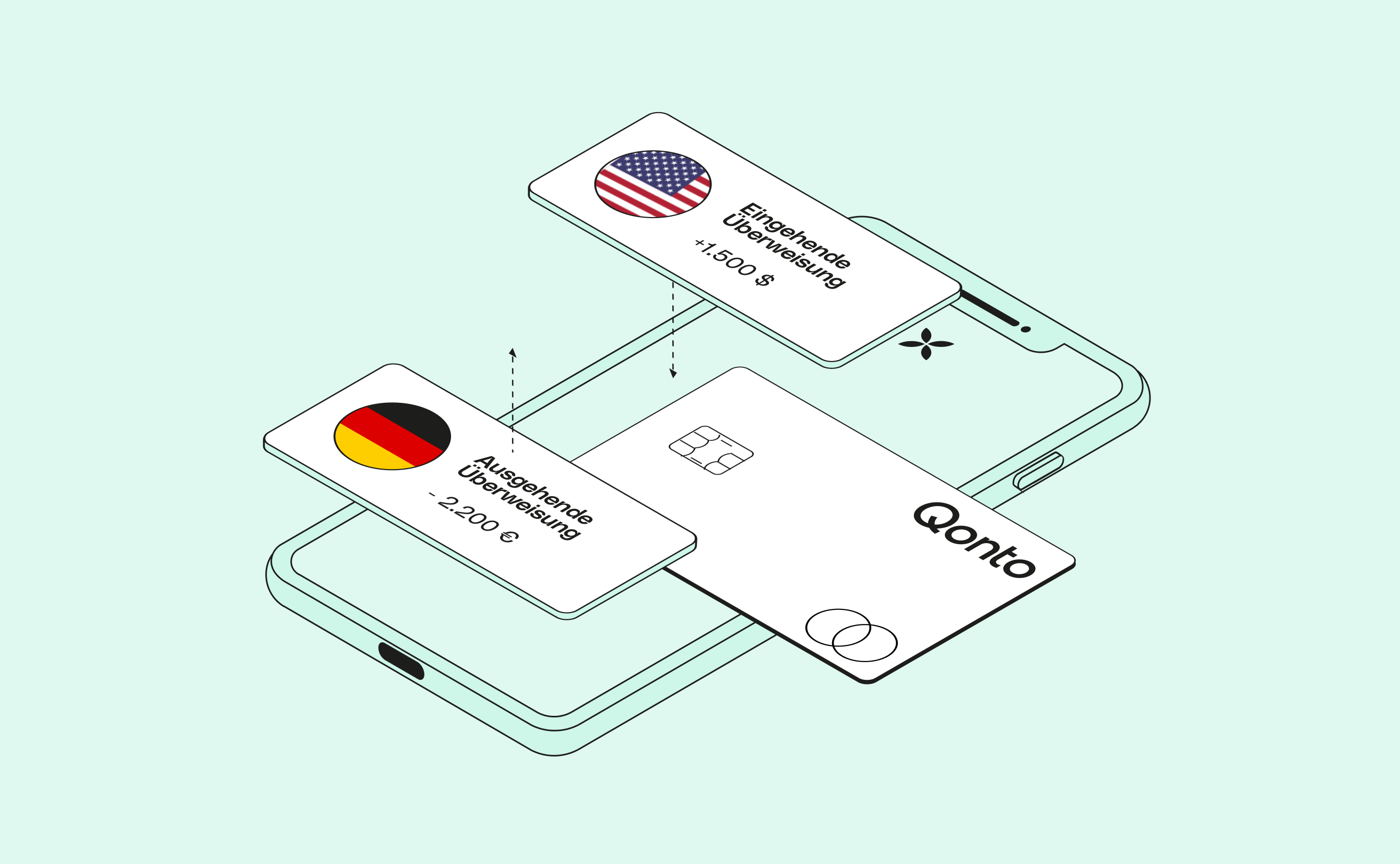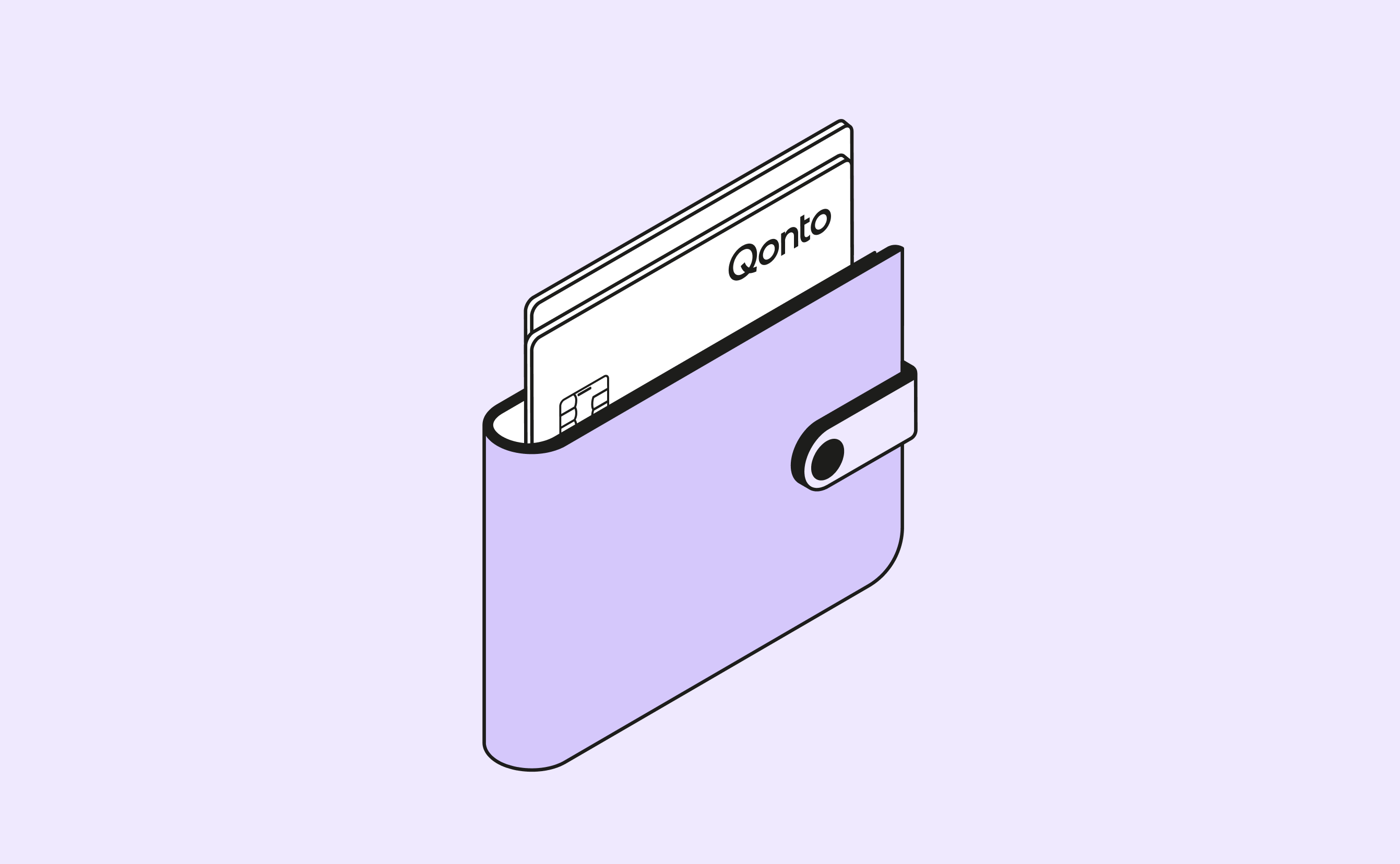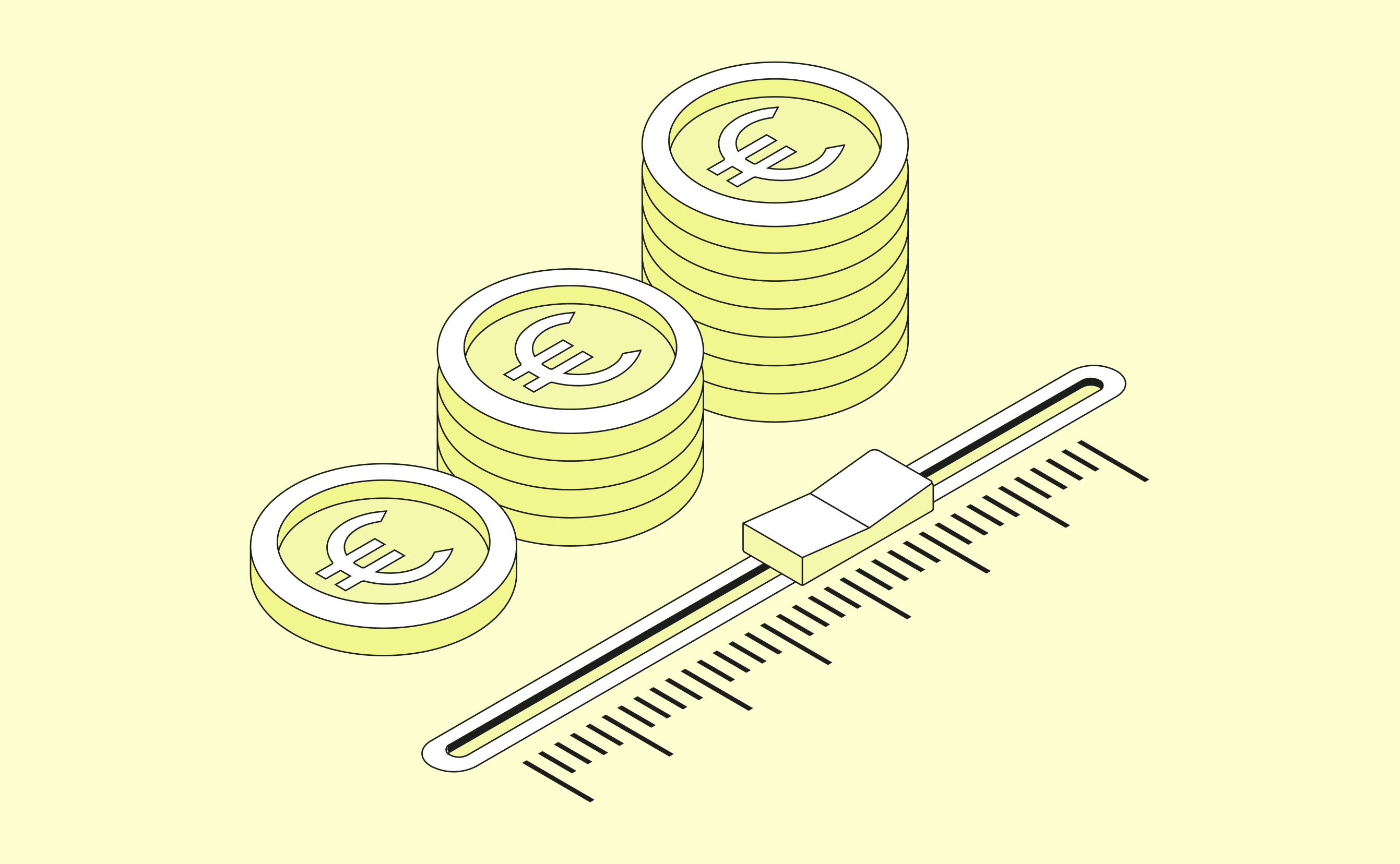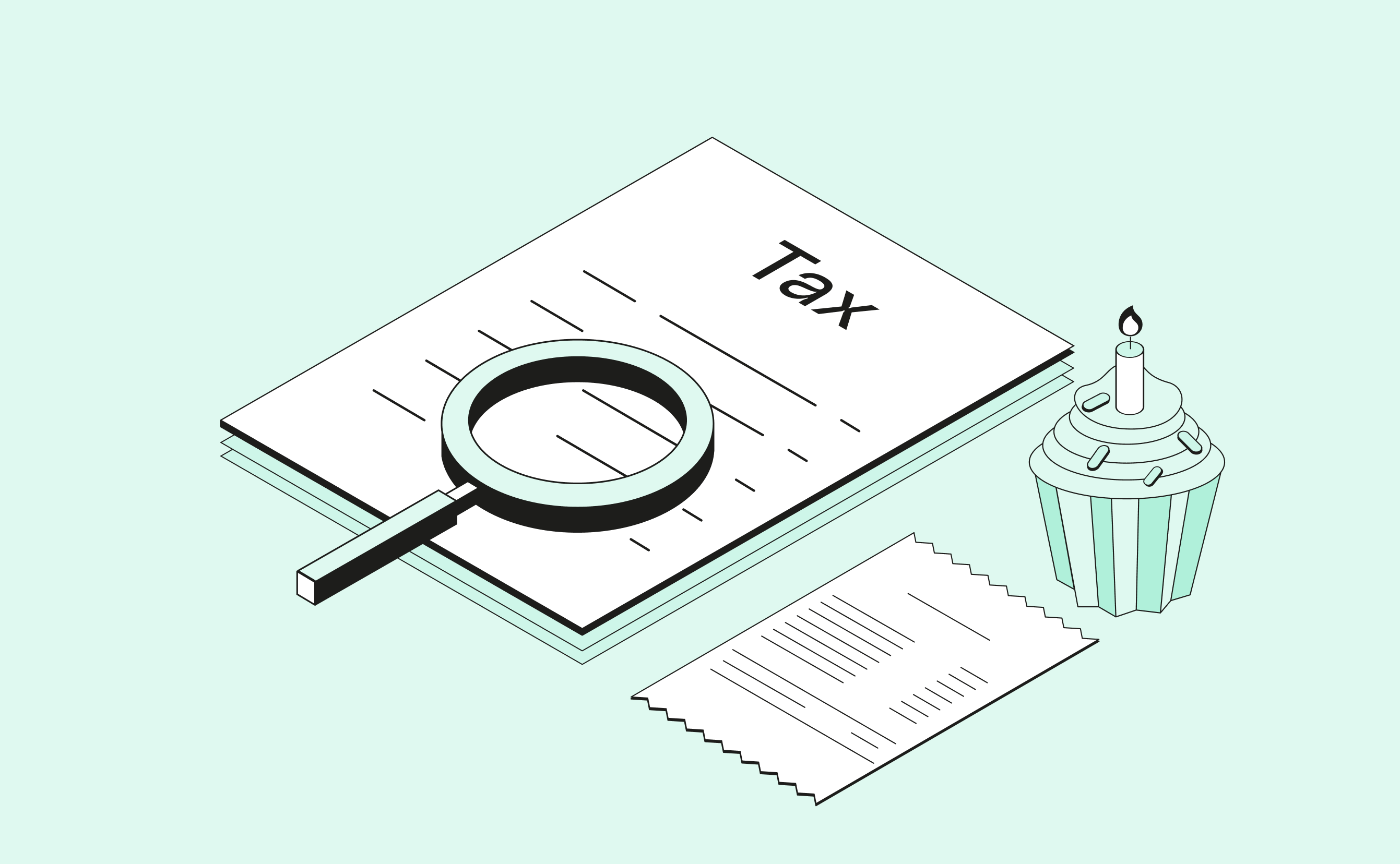Digital banking is the natural development of financial services and banking in a digital world. As more services adopt digital infrastructure for the majority of their operations, customers begin to expect digital services from new products.
What is digital banking? our guide to the future of financial services

What is digital banking?
It’s easiest to understand digital banking by contrasting it with the requirements of traditional banks.
- Paperwork (filling out forms to provide personal information)
- In person visits to bank branches (for any specialised banking services)
- Pay slips
Digital banking removes the need for all of this. Instead of forms and branch visits, customers use their smartphones and other devices to handle everything. Establishing your identity to open an account can be done via video call and requires only a passport, 24/7 customer services is available on chat features, and the vast majority of services are provided within the apps.
What are digital banks?
A digital bank is a licensed bank that offers online services to its customers once only available from traditional banks.
Digital banking, online banking, or mobile banking?
These three terms often get thrown around seemingly interchangeably when referring to digital banking services. They do however have important distinctions between them. Using them correctly will help to clarify digital banking further.
Mobile banking
Mobile banking refers to the act of making payments from your mobile phone or device. What kind of activity depends on the financial service provider being used. It may be the ability to move money between different accounts, paying client invoices, or receiving information about potentially fraudulent activity on your account. Customer service chat features and ATM finders also fall under the mobile banking umbrella.
Online banking
Referring specifically to banking services possible via the internet, online banking includes services provided on both computer and mobile devices. So while mobile banking is done on apps, users may visit websites which don’t have an app and still conduct transactions to purchase products or services. This is online banking, rather than mobile banking.
Digital banking
Digital banking simply encompasses both of the above terms. Anything that can be done via mobile or computer, online or offline, falls under the term digital banking. This is why ATMs and card payments were considered the beginning of digital banking: they utilise digital technology, not just internet technology.
What are the benefits of digital banking
Digital banking provides huge benefits for both customers and banking service providers. The pandemic forced a total overhaul of financial options for customers and business owners, many of which were revealed to be mutually beneficial for buyer and seller.
Customer benefits
Customers enjoy convenience, versatility, and safety with digital banking. Some of the major benefits include:
- 24/7 customer service: without having to keep a branch open all night to field potential inquiries, digital banking leverages shift work and hires globally to provide customer service all the time. Since digital banks are often globally-minded, customer inquiries come in all the time and representatives are there to receive them.
- Simple interface: where traditional banking keeps its features managed by representatives working at the branches, digital banking lays out these features in apps. Customers can access all of what their financial service provider offers and it is made as clear as possible simply when opening the app. This gives customers more control over their finances with no prior knowledge required.
- Speed of operations: perhaps the most convenient feature of all, digital banking speeds up everything the customer does. Eliminating the red red tape and need to visit physical branches means things that possibly took weeks, with sending letters and meeting approval of various representatives, can be done instantly. Think of how much quicker paying friends for dinner has become, thanks to financial service and banking apps.
Bank benefits
Banks are not forced to provide customers digital services at the cost of their own businesses. The benefits go both ways. For instance, via digital infrastructures banks can benefit from:
- Broader customer base: digital banks have more reach. With no need to force customers to come into their branches, they can reach customer bases who don’t live within reach of a branch. This also means banks can conduct much cheaper customer acquisition campaigns, instead of the costly decision to build and operate branches in more remote areas.
- Cost effective operations: reducing the need for physical branches means cutting out rental costs of hundreds of branches and instead paying for one or more offices; it means cheaper marketing campaigns and faster acquisitions; it means fewer licensing fees and other government costs that come with owning and operating physical branches. Digital banking is the vastly more cost effective option for businesses.
- New technologies: fintech is at the forefront of new and developing digital technology. Because there is a demand for more financial services and breakthrough developments in decentralised finance technologies, fintech apps and companies are some of the first to adopt these and benefit from their powerful new features. Customers love to try new things, and digital banking services can advertise these opportunities.
Are you looking for a business account that adapts to your needs? Qonto offers you the all-inclusive package.
Types of digital banks
Just like the different kinds of banking you can do with digital services, there are different types of digital banks. Distinguishing between each means knowing what to expect when choosing the right bank for you or your business.
Neobank
As mentioned, neobanks differ from digital banks because they only offer their services as an online bank. They have no physical branches which customers can visit. They may have offices, but these are for daily business operations.
Challenger bank
‘Challenger bank’ is a term used to refer to banks that challenge traditional financial and banking models. The term originated in the UK and was used in opposition to ‘Highstreet banks’ like HSBC, Barclays, Lloyds Banking Group, and NatWest, aka The Big Four.
Nonbank
Nonbank banks provide financial services but they aren’t licenced as banks under the legal requirements of the government in that region. Usually the case is that they do not offer both lending and depositing services. Nonbanks may offer credit cards but they cannot include deposits as part of that offer.
Digital banks are the future of banking in the same way that digital technology is the future of technology. It is the way in which customers are preferring to navigate financial waters and how businesses are preferring to chart their paths to success.
- Digital banking contrasts with traditional banking by eliminating paperwork, in person branch visits, and lengthy sign-up periods
- Digital banking as a concept began in the 1960s with ATMs and credit cards, achieving the status we know today in the 1990s and 2000s as online transactions became more commonplace
- Digital banking encompasses both mobile banking and online banking: the former refers to banking services performed on a mobile device, the latter refers to banking services provided by the internet
- Customers enjoy better customer service, faster operations, and simple interfaces with digital banking
- Banks enjoy advanced technologies, broader customer acquisition, and cheaper operations
- Within digital banking, there are nonbanks, neobanks, and challenger banks






